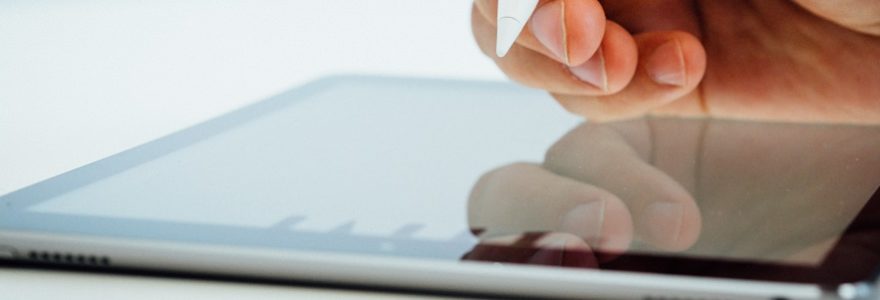
How to set up a new Apple iPad
It’s been over a decade since Apple revolutionised the world of computing by releasing the first mainstream tablet device.
The first-generation iPad has spawned a legion of successors, including battalions of Pros, Minis and Airs.
Many people have already invested in the latest eighth-generation model released last year, while sales of second-hand devices remain strong.
But how do you set up a new iPad when you unbox it for the first time?
The perfect 10?
Firstly, a word of warning. If you are thinking about buying a second-hand iPad, ensure it’s a model capable of running iOS 10.
Older versions like the iPad Mini and 9.7-inch tablets are stuck on iOS 9.3.5 – a deprecated version of the operating system which is compatible with very few modern apps.
Any new handset will run iOS 10, and most older devices will as well – including the iPad Mini 2 onwards, the iPad Air onwards and fourth-generation ‘standard’ iPads.
Most iPads support biometric recognition for device unlocking and purchases, involving photographing your face or repeatedly positioning a finger on the circular Home button.
Holding this down summons Apple’s Siri voice assistant, while tapping it allows you to enter a six-digit passcode if Touch ID or Face ID aren’t working.
Turn on, tune in
Apple have made it relatively easy to set up a new iPad, and unlike earlier generations of the device, there’s no need to plug it into a PC or Mac to facilitate setup.
After holding down the power button at the top right corner, the device will conduct some setup processes for a few minutes.
If you’ve bought an iPad with cellular connectivity, this is the point where inserting a nano SIM card into the right-hand edge of the device is necessary.
A Quick Start guide will ask you to choose your country and preferred language, before identifying and connecting to an available WiFi network with the relevant password.
(Anyone with another Apple device running iOS 11 or later can set up modern iPads using Quick Start, positioning the devices next to each other before restoring or transferring data.
You can also restore the contents of an older iPad, either from iCloud or iTunes. It’s even possible to transfer data from Android, though this is more complex and rarely required).
Further device setup completes the process required to set up a new iPad.
The way you like it
You’ll have to approve a laboriously lengthy set of terms and conditions before the iPad reveals its homepage, liberally sprinkled with pre-installed apps.
This is bloatware – Apple-specific programs which can’t be deleted. It includes the Apple Store (hardware), iTunes (music and podcasts) and the App Store (downloadable programs).
The app store contains around two million apps as of January 2021. A Search button at the bottom-right of the homepage supports searches for relevant content.
Displayed results can then be distilled down by cost, category, age, etc.
It’s possible to customise various settings as you set up a new iPad, such as deactivating automatic screen rotation or determining how Apple Pay is used to make purchases.
Like a smartphone, you can pair Bluetooth devices, set it to Airplane mode to disable notifications, and manage how long specific apps can be used.
App icons can be arranged in any order, dragged down to a grey Favourites bar at the bottom, or moved into a folder by dragging one app onto another and renaming the resultant folder.

